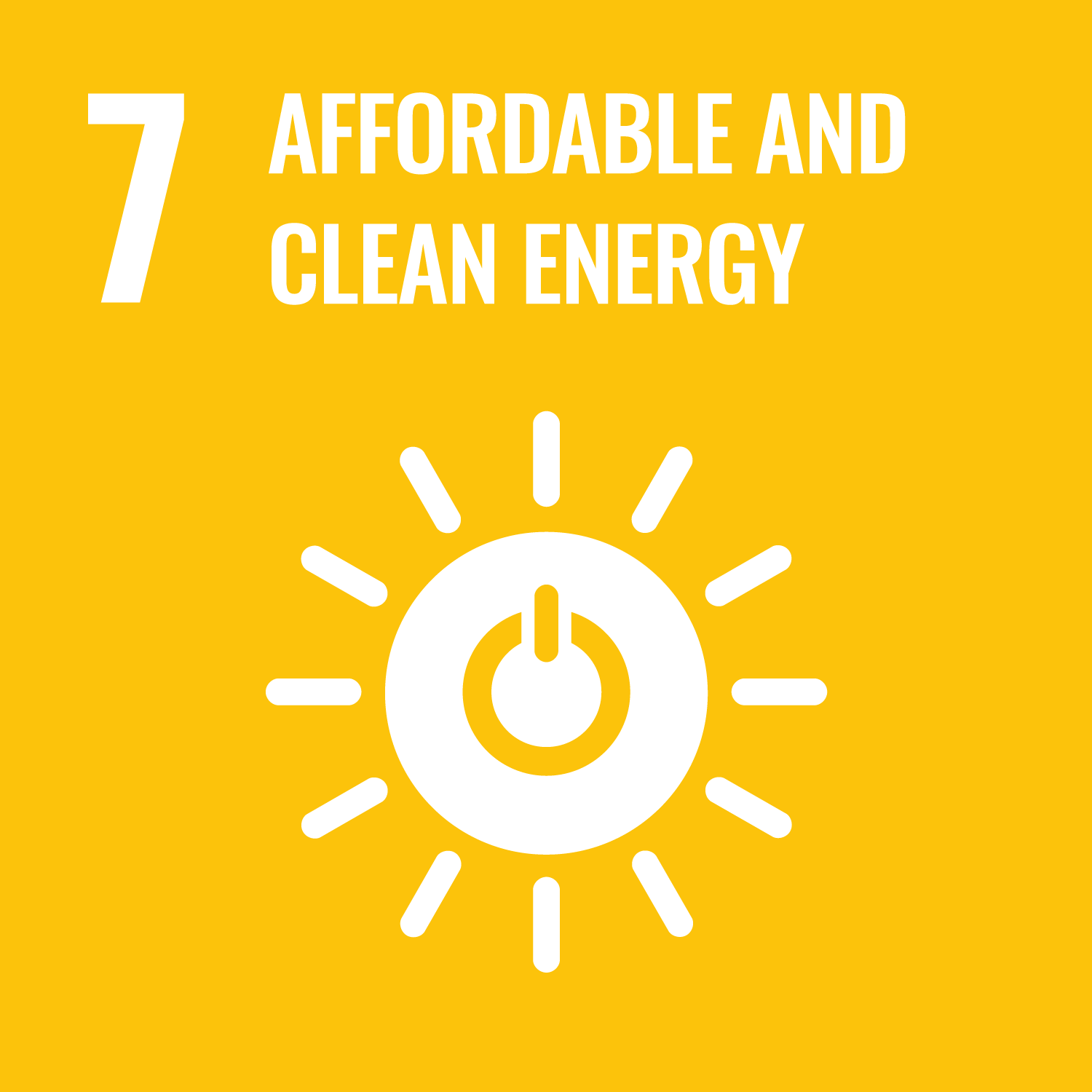ORCID
- S. Michele: 0000-0002-4082-6929
- J. Guichard: 0009-0009-4166-5299
- A. G.L. Borthwick: 0000-0001-6053-7764
- D. M. Greaves: 0000-0003-3906-9630
Abstract
We present a theoretical model to analyse the hydrodynamics of wave energy converters (WECs) comprised of three-dimensional, rigid, floating, compound rectangular plates in the open sea. The hydrodynamic problem is solved by means of Green's theorem and a free-surface Green's function. Plate motion is predicted through decomposition into rigid natural modes. We first analyse the case of a single rectangular plate and validate our model against experimental results from physical model tests undertaken in the COAST laboratory at the University of Plymouth. Then we extend our theory to complex shapes and arrays of plates and examine how the geometry, incident wave direction and power take-off (PTO) coefficient affect the response of the platform and the consequent absorbed energy.
DOI Link
Publication Date
2024-01-01
Publication Title
Journal of Fluids and Structures
Volume
130
ISSN
0889-9746
Acceptance Date
2024-09-20
Deposit Date
2024-10-07
Funding
S. Michele, J. Guichard and D. Greaves acknowledge support from R&D Solutions Fund by Enterprise Solutions from the University of Plymouth, Supergen ORE Hub and EPSRC project EPW0037321.
Additional Links
Keywords
Fluid–structure interaction, Offshore renewable energy, Potential flow theory
Creative Commons License

This work is licensed under a Creative Commons Attribution 4.0 International License.
Recommended Citation
Michele, S., Zheng, S., Renzi, E., Guichard, J., Borthwick, A., & Greaves, D. (2024) 'Wave energy extraction from rigid rectangular compound floating plates', Journal of Fluids and Structures, 130. Available at: 10.1016/j.jfluidstructs.2024.104193


